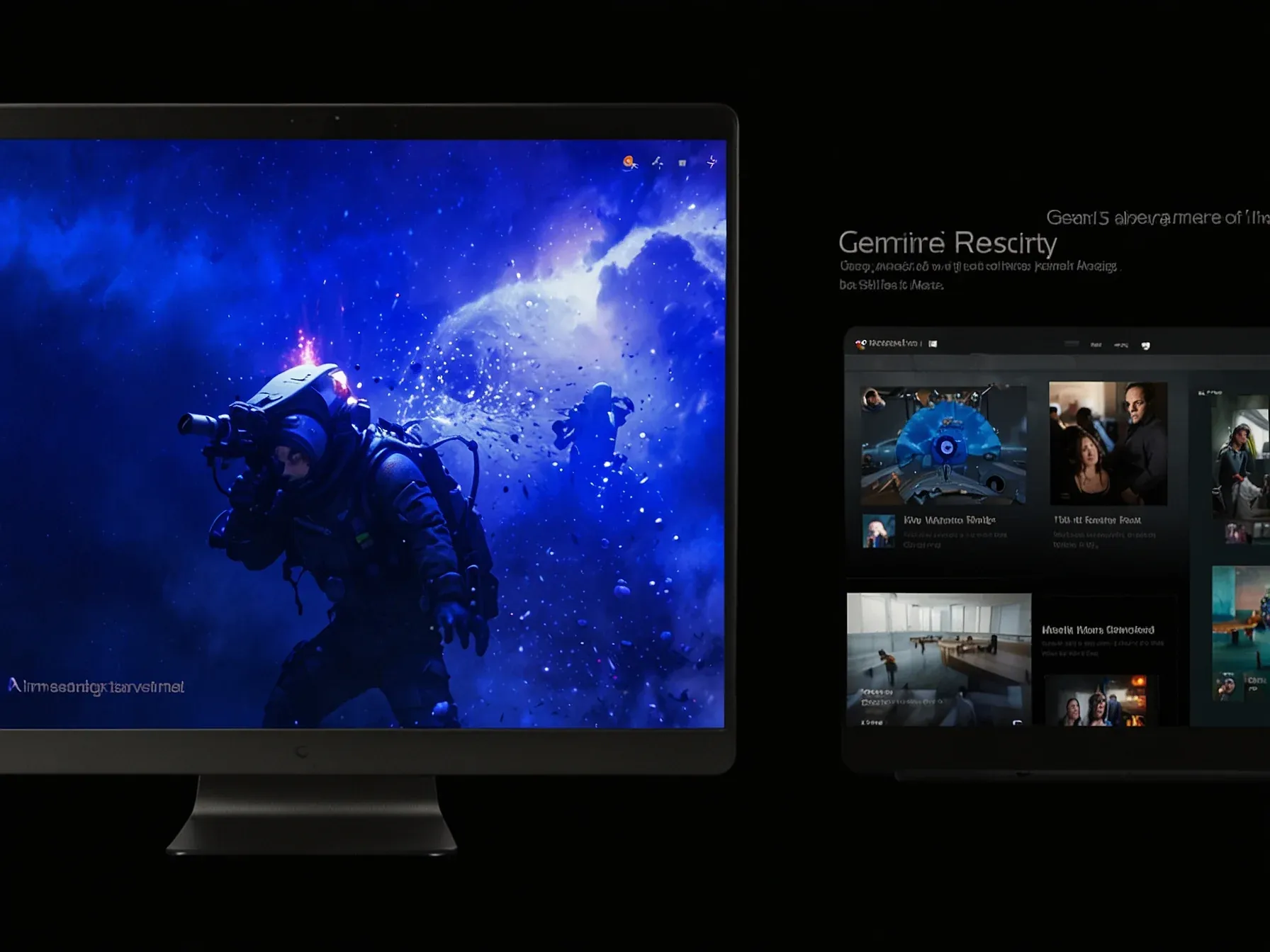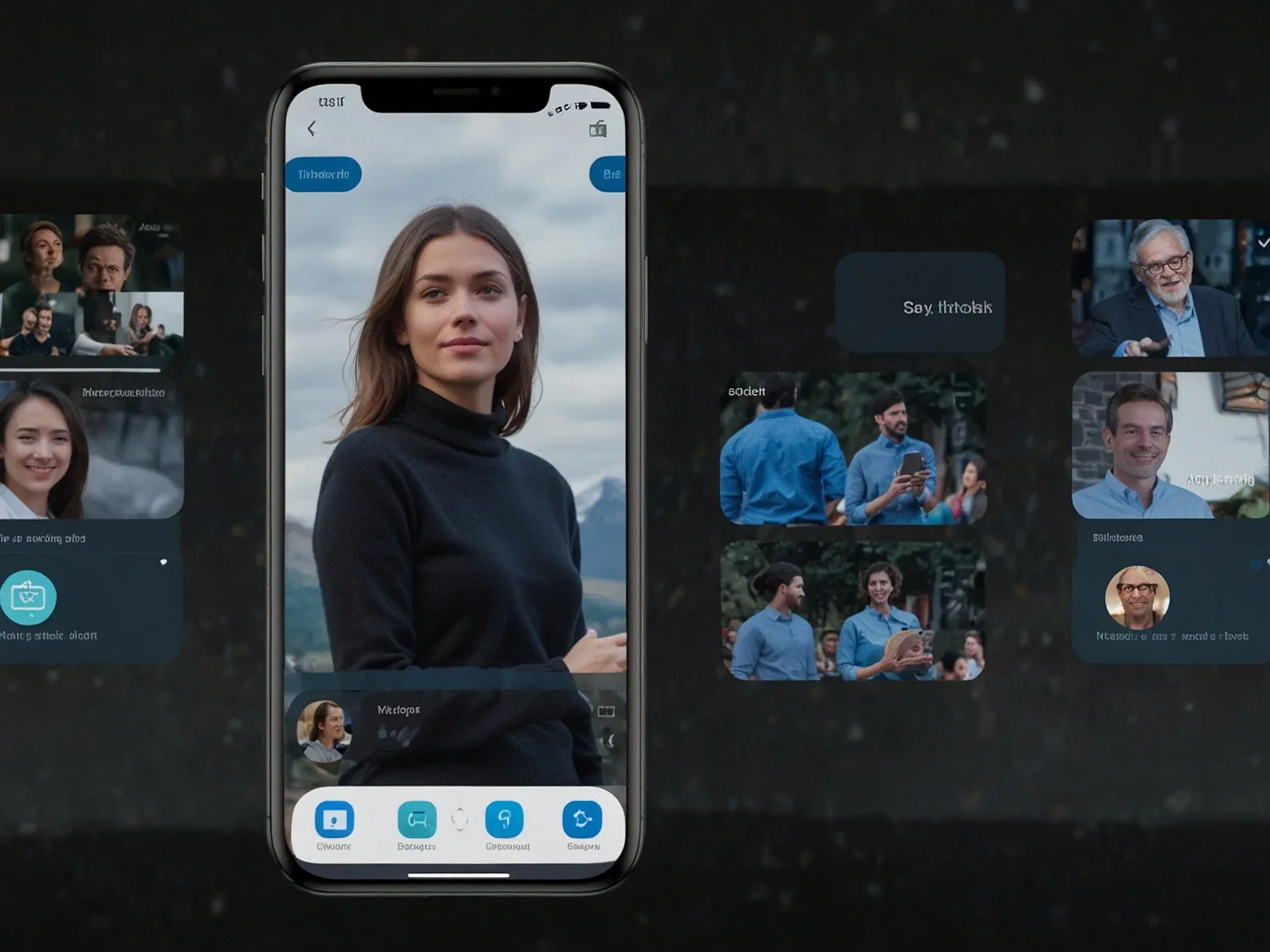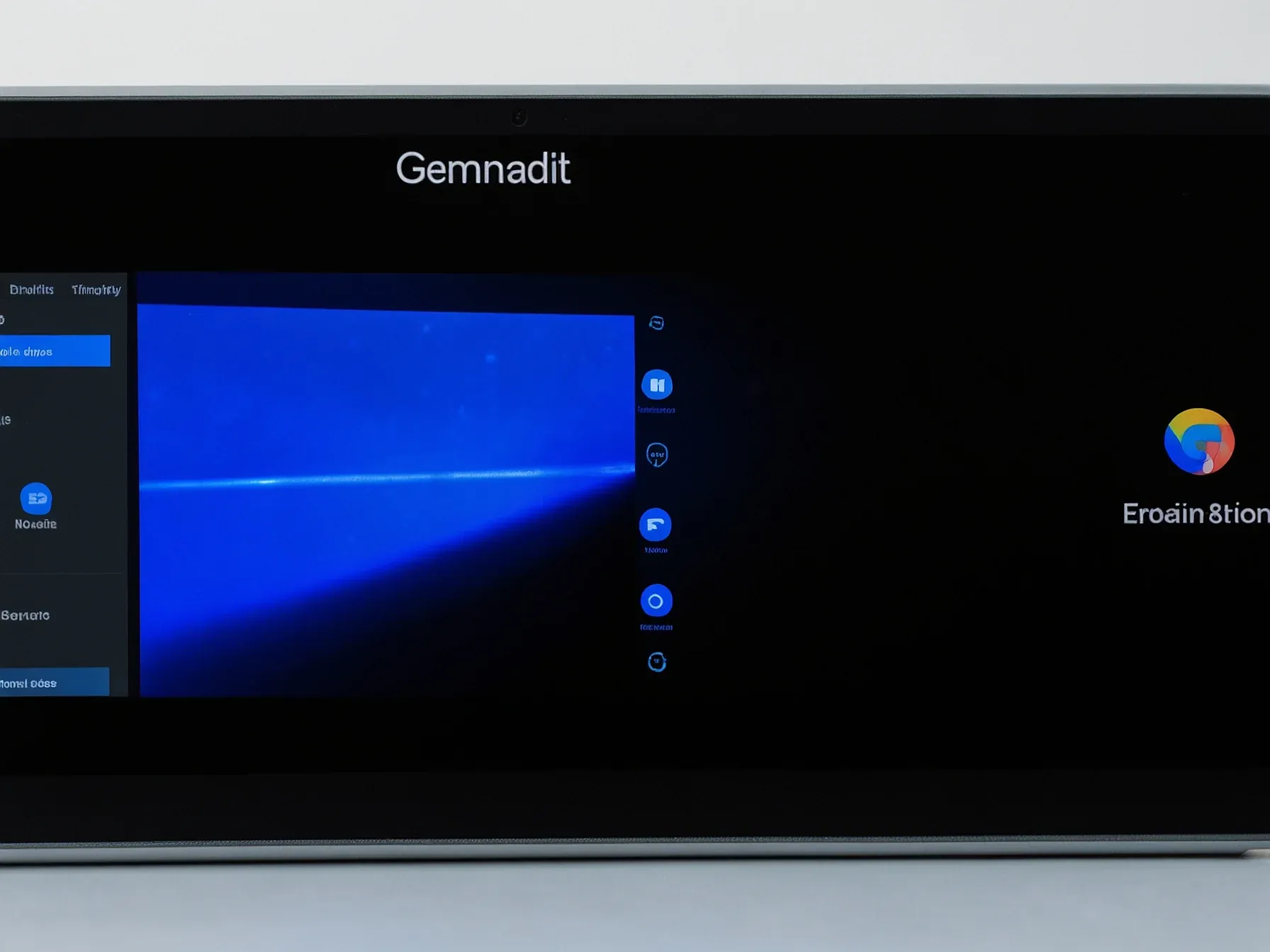
Google tests visual 'magazine‑style' UI for Gemini 3 Pro users
Google’s latest large‑language model, Gemini 3, is already drawing attention for its raw capabilities, but the company is now turning its focus to how users actually consume those outputs. For a handful of Pro subscribers, the experiment goes beyond plain text: the responses are being wrapped in a layout that resembles a glossy magazine spread or a live, interactive webpage. The shift hints at a broader ambition to make AI‑generated content feel more like a finished product rather than a raw draft.
Early testers report that the visual format arrives as a separate “generative UI” layer, one that can be toggled on while the model runs its usual prompts. Access, however, remains limited; only a small group has seen the new visual layout in action so far. This move raises questions about the future of AI interfaces—whether the next step is simply more polished presentation or something fundamentally different in how we interact with machine‑generated ideas.
But Gemini 3 isn't just built for prototyping and modeling; Google is testing a new "generative UI" feature for Pro subscribers that packages its responses inside a "visual" magazine-style interface, or in the form of a "dynamic" interactive webpage. I only got access to Gemini 3's visual layout, which Google showed off as a way to envision your travel plans, like a three-day trip to Rome. When I tried out the Rome trip prompt, Gemini 3 presented me with what looked like a personalized webpage featuring an itinerary, along with options to customize it further, such as whether I'd prefer a relaxed or fast-paced vacation or if I prioritize certain dining styles.
Once you submit your preferences, Gemini 3 will redesign the layout to match your selections. I found that this feature can provide interactive guides on other topics, too, like how to build a computer or set up an aquarium. Next up, I did a little experimenting with Gemini Agent, a feature Google is testing for Ultra subscribers inside the Gemini app.
Like other agentic features, Gemini Agent aims to perform tasks on your behalf, such as adding reminders to your calendar and creating reservations. One example shared by Google shows Gemini Agent organizing a Gmail inbox, so I asked the tool to do the same -- and, well, it followed my orders.
Does the new visual UI live up to the promise? For Pro users, Gemini 3 now wraps its answers in a magazine‑style layout, a shift from plain text to a more graphic presentation. The test run showed the format is functional, displaying code snippets and 3D visualizations without crashing, yet navigation feels clunky at times.
Google touts “agentic” abilities that finish tasks autonomously; in practice, the model completed simple prompts but stalled on more complex workflows. The underlying model performs close to the benchmarks Google cites, delivering coherent text and decent image generation, but the margin between marketing claims and observed output remains noticeable. Access was limited to the visual layout, so we couldn’t evaluate the dynamic webpage option fully.
Overall, Gemini 3 offers a step forward in integrating visual elements into AI responses, though its consistency and true “agentic” capacity are still uncertain. Users may appreciate the richer interface, but whether it justifies the Pro tier price is unclear.
Further Reading
- Google launches Gemini 3 with SOTA reasoning, generative UI, and magazine-style layouts - 9to5Google
- See new Gemini app updates with the Gemini 3 AI model - Google Blog
- Generative UI: A rich, custom, visual interactive user experience for any prompt - Google Research Blog
- Gemini 3 is here – 3 things to know about the major AI update - TechRadar
Common Questions Answered
What new "generative UI" feature is Google testing for Gemini 3 Pro subscribers?
Google is testing a visual "magazine‑style" interface that wraps Gemini 3's responses in a glossy layout or a dynamic interactive webpage. This feature aims to present AI‑generated content as a finished product rather than plain text.
How does the visual UI present a travel‑plan prompt, such as a three‑day trip to Rome?
When given a Rome travel‑plan prompt, Gemini 3 displays the itinerary within a magazine‑style spread, complete with images, formatted text, and interactive elements that resemble a travel brochure. The layout is designed to help users visualize the trip more intuitively.
What types of content did the test run show Gemini 3 could render without crashing?
The test run demonstrated that Gemini 3 could successfully display code snippets and 3D visualizations within the magazine‑style UI. These elements loaded smoothly, indicating the visual interface can handle technical and graphical outputs.
Did the new visual UI meet expectations for handling complex workflows?
While the UI performed well with simple prompts, it struggled with more complex workflows, often stalling or requiring additional user input. Google notes that the model's "agentic" abilities are still being refined for advanced tasks.




